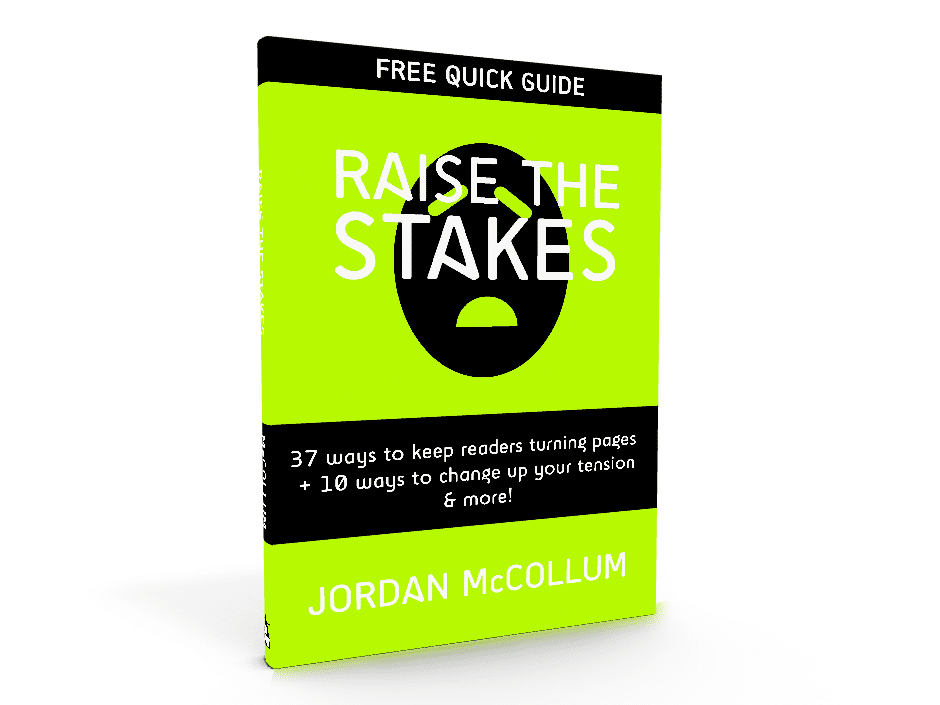Backstory and character motivation can be a dicey topic. This is generally the best use of backstory—to motivate your characters’ actions in the present. However, conveying that backstory is still a trick—and sometimes backstory isn’t the best way to show motivation at all.
As with characterization, backstory can’t be the only way we show a character’s motivations. Again, this suggests that we’re not just products of our past experiences, but that we’re trapped by them. In the world of fiction, this is unfortunately not very compelling. Imagine a character who only ever acts based on the fact that his mother yelled at him. Is that backstory—and the motivation it creates—going to offer enough internal motivation and conflict to craft a mystery/romance/fantasy/literary novel around? Probably not.
him. Is that backstory—and the motivation it creates—going to offer enough internal motivation and conflict to craft a mystery/romance/fantasy/literary novel around? Probably not.
Instead, we should look to the story present as well as backstory to create motivation and conflict. As editor and author Alicia Rasley says in “Character Motivation” (emphasis added),
Motivation (especially internal motivation) often comes out of backstory… but the story itself plays out the intermixing of motivation and conflict.
So: Be wary of motivation confined mostly to the internal or to backstory. Give the character something immediate to inspire action today. There should be a present-day event to inspire the manifestation of the internal or past motivation– for example, Heroine inherits the house where her mother committed suicide and decides to start a new life by renovating it. The external motivation is that “starting a new life”; the internal motivation might be to exorcise her mother’s ghost or to deal with the trauma of the suicide. The internal motivation comes out of the backstory, but the external motivation is in the here-and-now of the story.
And motivation, especially that created in the past, doesn’t have to remain static. It can change (and should change) because of the events of the plot.
Backstory is important because it can explain objectionable actions (which are great for increasing reader curiosity), and it gives our characters a place to grow from. But it shouldn’t be the only way we motivate our characters—and as our characters grow, their motivations (and actions) will grow and change with them.
And editor Theresa Stevens has said:
Beware the backstory used to shore up character motivations. It often points to a lack of real conflict or to other plot problems. Every time you’re tempted to reach backwards to explain why characters are behaving a certain way, stop. Ask yourself if you can fix it in the present story moment, because this will almost always be the stronger fix.
This is one of those instances where backstory can be just a little too convenient. We, the authors, need the characters to argue here so . . . let’s give one a traumatic event in childhood. (Thanks, Freud.) Instead, perhaps we should take a longer look at our characters to see if we can’t give them a better reason for conflict in the present.
Yes, backstory is important for characters’ motivation—perhaps even necessary—but if it’s the only way we choose to motivate our characters, are we weakening them? What do you think?
Photo by Colleen Lane


